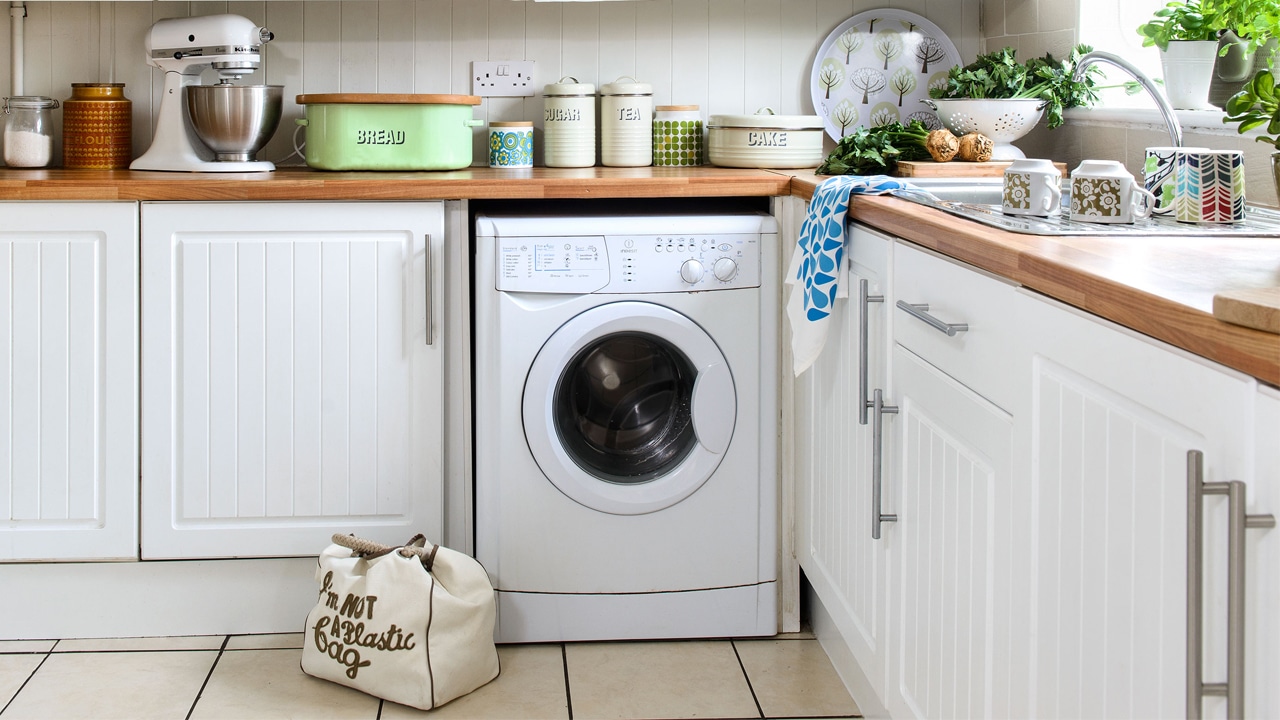You can reduce your energy bills by unplugging appliances or putting them on standby when not in use.
With energy costs in the UK remaining a significant concern for households, even small changes in daily routines can have a noticeable impact on electricity bills. One simple, often overlooked strategy is unplugging appliances when they are not in use, particularly those left on standby. While these devices may seem dormant, they can still draw power, contributing to unnecessary energy consumption.
Understanding Standby Power for Appliances
Standby power, sometimes called “vampire power,” refers to the electricity consumed by appliances while they are switched off but still plugged in. Common examples include televisions, gaming consoles, kitchen appliances with digital displays, and phone chargers. Even though each device uses a small amount of electricity individually, the combined effect across multiple devices and over long periods can become substantial.
For the average UK household, appliances on standby can account for between 5% and 10% of total electricity usage. While this may seem minor, for homes trying to manage rising energy bills, reducing standby consumption can help lower costs without major lifestyle changes.
Common Appliances That Consume Standby Power
Many devices in UK homes continue to draw electricity even when they appear to be off. These include:
- Televisions and set-top boxes: Devices with remote control sensors or digital clocks remain partially active.
- Computers and peripherals: Desktops, monitors, printers, and external hard drives can continue using power unless fully shut down.
- Kitchen appliances: Microwaves, coffee machines, and smart fridges often have standby modes for clocks or timers.
- Chargers and adapters: Phone chargers, laptops, and other battery-powered gadgets draw energy when plugged in, even without a connected device.
By identifying these appliances, households can target the most significant sources of standby consumption.
Practical Steps to Reduce Standby Usage
- Unplug unused devices: Physically disconnecting appliances when not in use is the most effective method to eliminate standby power. While this may seem inconvenient for frequently used devices, it is particularly worthwhile for items like kitchen gadgets, chargers, or spare electronics.
- Use switched power strips: Power strips with an on/off switch allow multiple devices to be disconnected at once. This is especially useful for entertainment systems, where a single switch can cut power to a TV, console, and sound system simultaneously.
- Consider smart plugs: Smart plugs can automate power management, allowing devices to be turned off remotely or scheduled to disconnect during certain times of the day. Some models also provide energy usage monitoring, helping households track consumption and identify savings opportunities.
- Turn off rather than standby: When possible, choose the fully off option on appliances instead of standby mode. Many modern appliances have dedicated power buttons that completely shut down the device and stop energy draw.
Benefits Beyond Cost Savings
Reducing standby power has benefits beyond just cutting energy bills. Lower electricity consumption contributes to reduced carbon emissions, aligning with broader environmental goals. For households aiming to live more sustainably, unplugging devices is a simple and immediate action.
Additionally, decreasing standby power can extend the lifespan of certain appliances. Constantly supplying even a small amount of electricity can place stress on electronics over time. Fully disconnecting devices can reduce wear and tear, particularly for smaller gadgets and chargers.
Financial Impact
The financial savings from unplugging appliances may vary depending on household size, the number of devices, and electricity tariffs. For a typical UK household, eliminating standby power could save around £30 to £50 annually. While this may not seem dramatic, when combined with other energy-saving measures—such as switching to LED bulbs, improving insulation, or using energy-efficient appliances—the cumulative effect can be significant.
In high-usage households or homes with older appliances, savings could be higher, particularly during periods of increased electricity demand in winter. With energy prices fluctuating, reducing unnecessary consumption remains a practical step for managing household budgets.
Changing Habits for Long-Term Savings
The key to reducing standby energy use is consistency. Encouraging family members to unplug devices after use or adopt new routines, such as switching off power strips at the end of the day, can embed energy-saving habits. Over time, these small adjustments become second nature, making energy efficiency an integrated part of daily life.
Educational campaigns and resources from UK energy providers often emphasize the impact of standby consumption, highlighting that small, regular actions collectively make a measurable difference. For households looking to reduce costs without significant upfront investment, unplugging appliances represents an accessible starting point.
Summary
Unplugging appliances on standby is a simple, cost-effective method for UK households to reduce electricity consumption and lower energy bills. Standby power, while often overlooked, contributes meaningfully to overall energy usage, particularly in homes with numerous electronic devices.
By identifying common culprits, using power strips or smart plugs, and fostering new habits around device use, households can achieve noticeable savings. Beyond financial benefits, reducing standby power supports environmental sustainability and may even prolong the lifespan of electronics.
In an era of fluctuating energy prices, adopting practical strategies like unplugging devices offers a straightforward and effective way for Brits to take control of their electricity usage.







